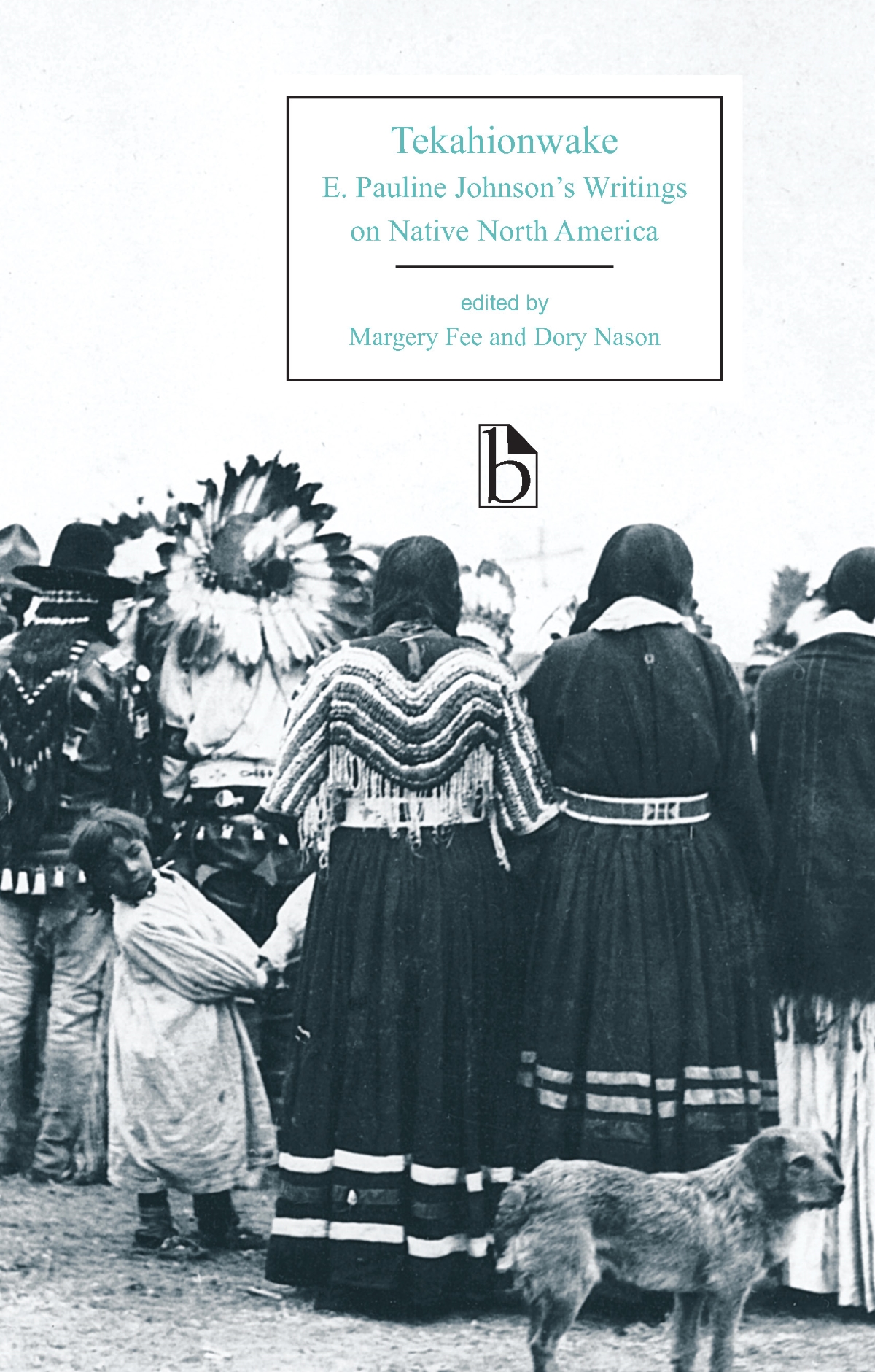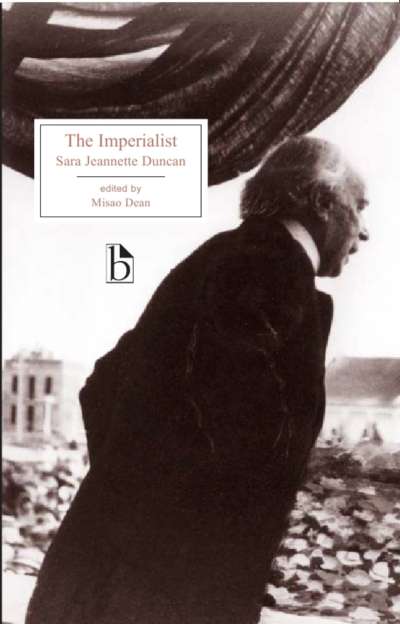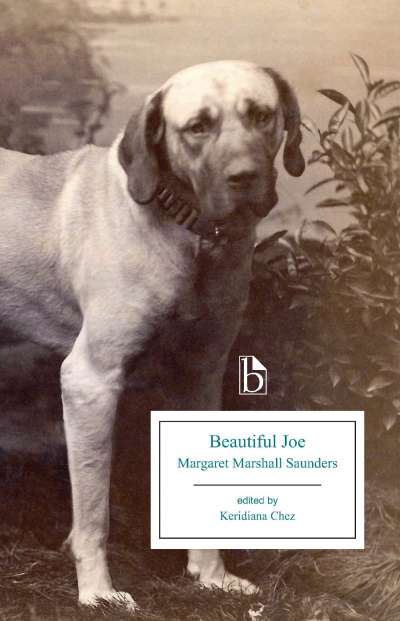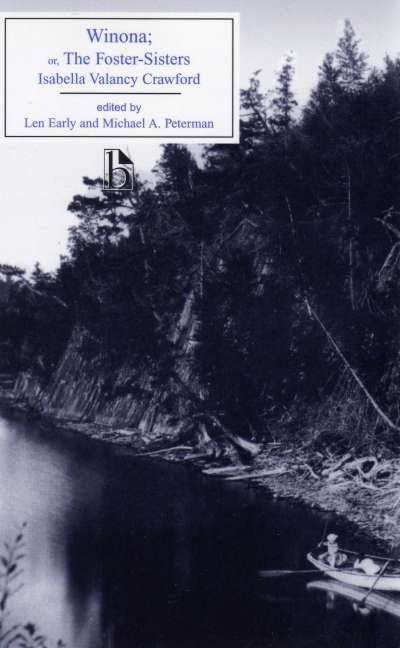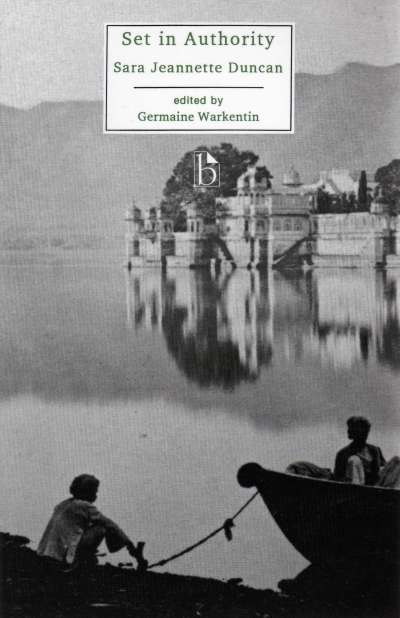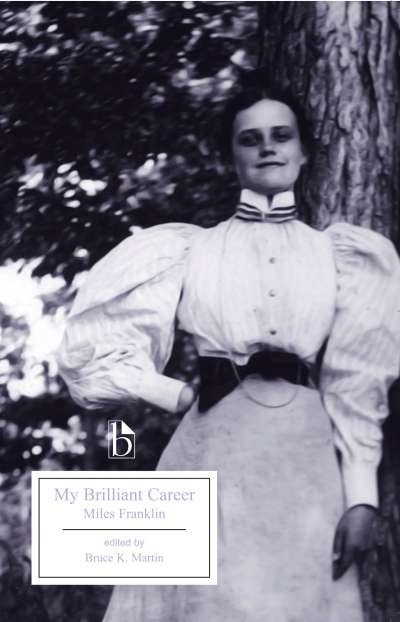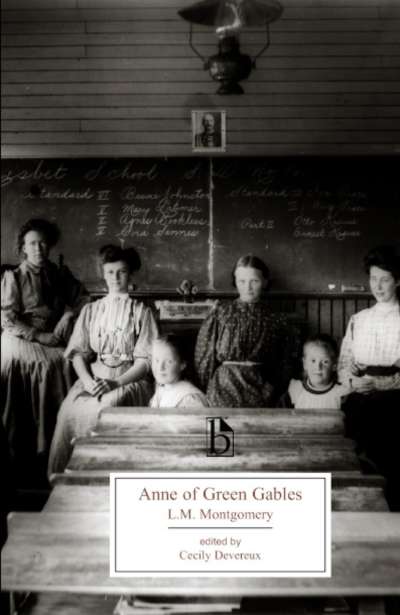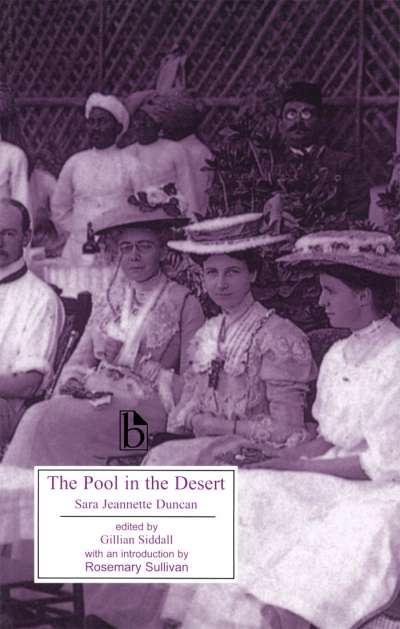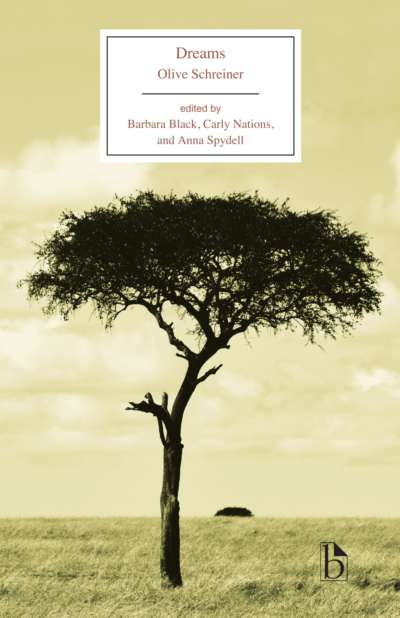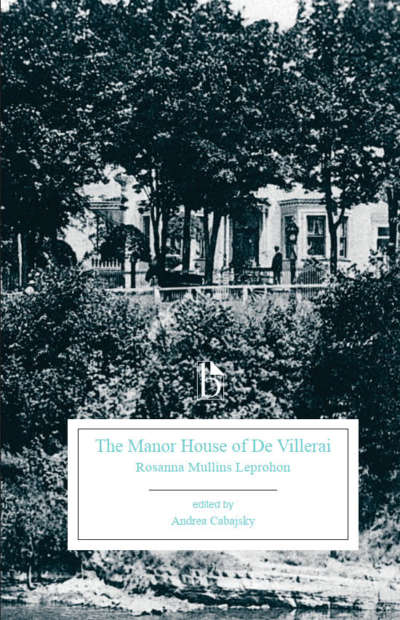E. Pauline Johnson, also known as Tekahionwake, is remarkable as one of a very few early North American Indigenous poets and fiction writers. Most Indigenous writers of her time were men educated for the ministry who published religious, anthropological, autobiographical, political, and historical works, rather than poetry and fiction. More extraordinary still, Johnson became both a canonical poet and a literary celebrity, performing on stage for fifteen years across Canada, in the United States, and in London. Johnson is now seen as a central figure in the intellectual history of Canada and the US, and an important historical example of Indigenous feminism. This edition collects a diverse range of Johnson’s writings on what was then called “the Indian question” and on the question of her own complex Indigenous identity.
Six thematic sections gather Johnson’s poetry, fiction, and nonfiction, and a rich selection of historical appendices provides context for her public life and her work as a feminist and activist for Indigenous people.
For an excerpt from the appendices of Tekahionwake: E. Pauline Johnson’s Writings on Native North America, please see our blog post: Tekahionwake on Indigenous Representation in 19th C Fiction.
Comments
“More than a century after her death, E. Pauline Johnson continues to surprise, intrigue, and challenge us to ask important questions about the long and often troubled relationship between Indigenous peoples and Canada. Margery Fee and Dory Nason have done a commendable job in assembling Johnson’s work in such a way as to demonstrate not only her enduring legacy as a writer, but also, more importantly, her efforts as an early Native activist/feminist who engaged with issues that First Nation, Métis, and Inuit communities still confront on a daily basis. Created in an era during which ‘Indians’ were considered a ‘disappearing race,’ Johnson’s writing serves as a testament to the resilience of Indigenous peoples everywhere, and this book is evidence that her words deserve to be considered as still relevant, and vital, to the ongoing project of decolonizing our nations.” — Richard Monture, McMaster University
“This collection represents a significant expansion of the available archive of E. Pauline Johnson’s work, positioning her writing in relationship to other literary and political voices of her era. A rich contribution.” — Beth H. Piatote, University of California, Berkeley
List of Illustrations
Acknowledgements
Introduction
E. Pauline Johnson: A Brief Chronology
A Note on the Text
- The Iroquois Confederacy and Loyalism
- “Canadian Born” (1900)
- “The Re-interment of Red Jacket” (1885)
- “‘Brant,’ A Memorial Ode” (1886)
- “The Lodge of the Law-makers” (1906)
- “My Mother” (1909)
- “Heroic Indian Mothers” (1908)
- “Forty-Five Miles on the Grand” (1892)
- “A Brother Chief” (1892)
- “The Brotherhood” (1910)
- “The Death Cry” (1888)
- “As Red Men Die” (1890)
- “The Avenger” (1892)
- “Her Majesty’s Guest” (1913)
- “A Pagan in Saint Paul’s Cathedral” (1906)
- “We-hro’s Sacrifice” (1907)
- “The Happy Hunting Grounds” (1889)
- The Plains and the Second Riel Resistance
- “A Cry from an Indian Wife” (1895)
- “Wolverine” (1893)
- “Silhouette” (1894)
- “The Cattle Thief” (1894)
- “A Request” (1886)
- “The Indian Corn Planter” (1897)
- “The Haunting Thaw” (1907)
- Dreams, Rivers, and Winds
- “At the Ferry” (1886)
- “The Song My Paddle Sings” (1892)
- “His Majesty, the West Wind” (1894)
- “Shadow River” (1889)
- “Kicking Horse River” (1894)
- “Moonset” (1894)
- Women and Children
- “A Strong Race Opinion: On the Indian Girl in Modern Fiction” (1892)
- “A Red Girl’s Reasoning” (1893)
- “Dawendine” (1895)
- “Ojistoh” (1895)
- “The Derelict” (1896)
- “The Pilot of the Plains” (1891)
- “Lullaby of the Iroquois” (1896) • 190
- “The Corn Husker” (1896) • 190
- Residential School
- “As It Was in the Beginning” (1899)
- “His Sister’s Son” (1896)
- “Little Wolf-Willow” (1907)
- The West Coast
- “The Potlatch” (1910)
- “Catharine of the Crow’s Nest” (1910)
- “Hoolool of the Totem Poles” (1911)
- “The Tenas Klootchman” (1911)
- “A Squamish Legend of Napoleon” (1910)
- “The Legend of the Ice Babies” (1911)
- “The Lost Lagoon” (1910)
Appendix A: On Johnson
- From Garth Grafton / Sara Jeannette Duncan, Interview with E. Pauline Johnson, “Women’s World,” Toronto Globe (14 October 1886)
- W.D. Lighthall, “Miss E. Pauline Johnson,” Songs of the Great Dominion (1889)
- Hector Charlesworth, “Miss Pauline Johnson’s Poems,” Canadian Magazine (1895)
- Horatio Hale, Review of The White Wampum, The Critic (4 January 1896)
- “From Wigwam to Concert Platform,” Evening Telegraph [Dundee] (4 July 1906)
- Charles Mair, “Pauline Johnson: An Appreciation,” The Moccasin Maker (1913)
- Gilbert Parker, Introduction, The Moccasin Maker (1913)
- Ernest Thompson Seton, “Tekahionwake (Pauline Johnson),” Introduction, The Shaganappi (1913)
- From Theodore Watts-Dunton, “In Memoriam: Pauline Johnson,” Introduction, Flint and Feather: Collected Verse (1913)
Appendix B: Writings by Women
- Jane Johnston Schoolcraft, “On Leaving My Children John and Jane at School” (1851)
- Margaret Fuller, “Governor Everett Receiving the Indian Chiefs, November, 1837” (1844)
- From Sarah Winnemucca, “Domestic and Social Moralities” (1883)
- Inshata Theamba (“Bright Eyes”) / Susette La Flesche, Introduction to William Justin Harsha’s Ploughed Under: The Story of an Indian Chief (1881)
- From Anna Julia Cooper, “Woman versus the Indian” (1892)
- Sophia Alice Callahan, “Is This Right?,” Wynema: A Child of the Forest (1891)
- Zitkala-Ša / Gertrude Simmons Bonnin, “Why I Am a Pagan,” Atlantic Monthly (December 1902)
- From Zitkala-Ša / Gertrude Simmons Bonnin, “An Indian Teacher among Indians,” Atlantic Monthly (March 1900)
Appendix C: On the Six Nations
- Duncan Campbell Scott, “The Onondaga Madonna” (1898)
- W.D. Lighthall, “The Caughnawaga Beadwork Seller” (1889)
- Walt Whitman, “Red Jacket (From Aloft)” (1885)
- Ely S. Parker / Donehogawa, Speech at the Ceremony to Re-inter Red Jacket (1885)
- From Arthur C. Parker, “Certain Important Elements of the Indian Problem,” American Indian Magazine (1915)
Appendix D: Canadian Residential Schools
- From Nicholas Flood Davin, Report on Industrial Schools for Indians and Half-Breeds (14 March 1879)
- From Peter Henderson Bryce, The Story of a National Crime (1922)
Works Cited and Recommended Reading
Margery Fee is Professor of English at the University of British Columbia.
Dory Nason holds a joint appointment in the First Nations and Indigenous Studies Program and the Department of English at the University of British Columbia.

